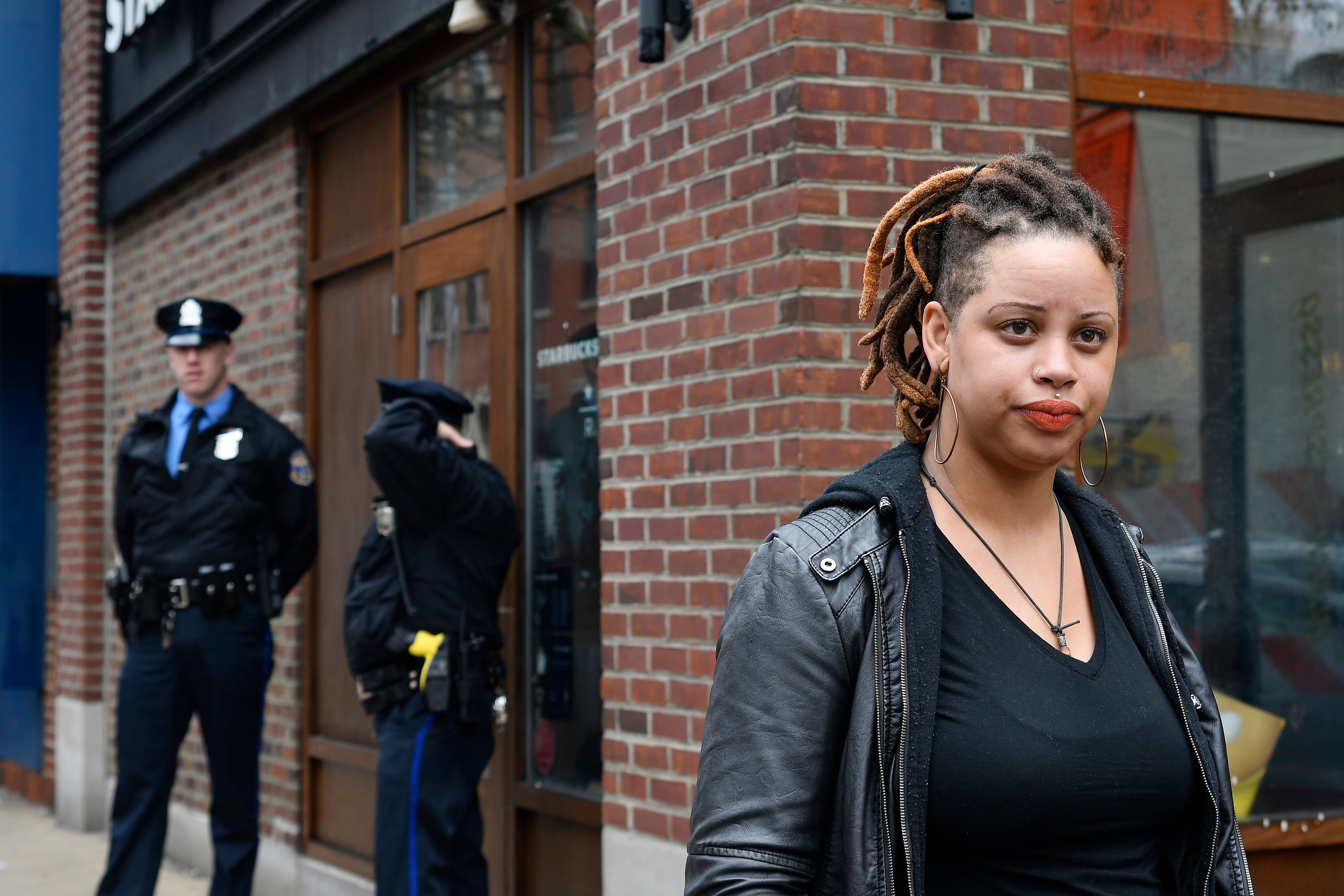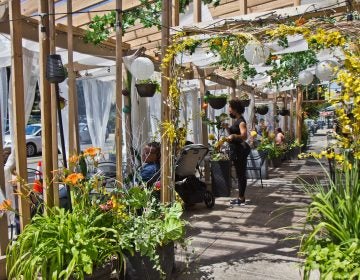Where have all the public bathrooms gone?

By Charles Ellison
It’s been 11 days since Rashon Nelson and Donte Robinson were arrested for waiting while Black at a Rittenhouse Square Starbucks. In that time, the manager who called the cops on the two Philadelphia men left her job, the coffee-chain accepted blame for the incident, and most recently, Philadelphia Police Chief Richard Ross publicly apologized. Everyone agrees: Police should never have been called on Nelson and Robinson, and certainly, the two men did nothing to warrant their arrest.
That doesn’t mean we can move on. The story holds a worrisome lesson about the Gorilla Glue-like grip retailers or private companies have on the urban spaces we share. Our public space is increasingly privatized; there are fewer places to congregate without private overseers using their personal discretion to tell us how to congregate. There are fewer public places to use outside the control of privately managed schemes. There are, laugh all we want, fewer public bathrooms — but, considering the public hygiene implications, that’s serious.
And it is, let’s be honest, increasingly difficult for the general public to, for example, use a bathroom when away from home — unless you have access to through work or you’ve paid for specific events or retail experiences such as a restaurant, an outing or travel. The downsides of so many of the spaces we consider as public actually being places that are owned and operated by private companies are many and growing, as Harvard Graduate School of Design professor Jerold Kayden observes.
Black people aren’t the only ones paying a price for the arrangement. For years, most of us have watched silently as homeless individuals have repeatedly suffered the indignity of unavailable public bathrooms and bathroom codes/tokens created, partly, as a way to deter usage by those without housing. There has been no public outcry about that, despite the fact homeless individuals, across all racial boundaries, are the most vulnerable people in society.
That lack of outcry and the lack of concern we’ve collectively shown over the domination of the privatized space has its consequences. The unwillingness to advocate for safe, hygienic public facilities for the homeless shows a larger social distaste for other human beings. When corporations and governments see this, it further offers an opportunity for institutions to mistreat and discriminate against other vulnerable human beings. This promises to get worse: according to the Annual Homeless Assessment Report from Housing and Urban Development data, homelessness in the United States increased between 2016 and 2017 for the first time in seven years. Quite a few of them are unsheltered.
As researchers show, discrimination against this vulnerable population will continue and rise. It’s a tricky conversation: companies like Starbucks will counter that allowing homeless individuals to openly use their facilities, or to stay seated in their locations, presents a public health challenge. Advocates will counter that it’s not the homeless population’s fault that they’re in that position, maybe large companies like Starbucks could help out. Both sides will agree that government isn’t doing enough to solve the problem.
They are right. Governments are, by and large, investing less in public space than used to be the case. On a national level, we see the downward spending manifest, for example, in the accessibility of public libraries, schools, and recreation centers. While there are always exceptions to the rule and we see some of these in Philadelphia, these spaces are increasingly being closed or having their hours cut back, depriving communities of places to go without having to buy something That’s obviously not just a problem for homeless people or others in need of a bathroom. Closures of these public facilities also contribute to public safety issues and challenges in vulnerable neighborhoods where crime is a problem.
The loss of public space also hurts efforts to fight poverty and long-term unemployment. Because of the need for constant online access, underserved populations — from the low-income to those looking for work — need open-air free and dependable WiFi to access an array of information and services. Starbucks happens to serve as a well-known and rather, a ubiquitous spot for that activity. An increase in entrepreneurship among communities of color, particularly Black women who represent the highest growth in small business development, will trigger a growing need for public space with basic access amenities like broadband.
It’s time to look beyond Starbucks and think about the kind of city we want to live in. We’ve already acquiesced most of our online life to branded, surveilled platforms and spaces. Do we want to see our offline life go that way too?
A version of this article originally appeared as a #WURDoftheDay post on Medium.
WHYY is your source for fact-based, in-depth journalism and information. As a nonprofit organization, we rely on financial support from readers like you. Please give today.






